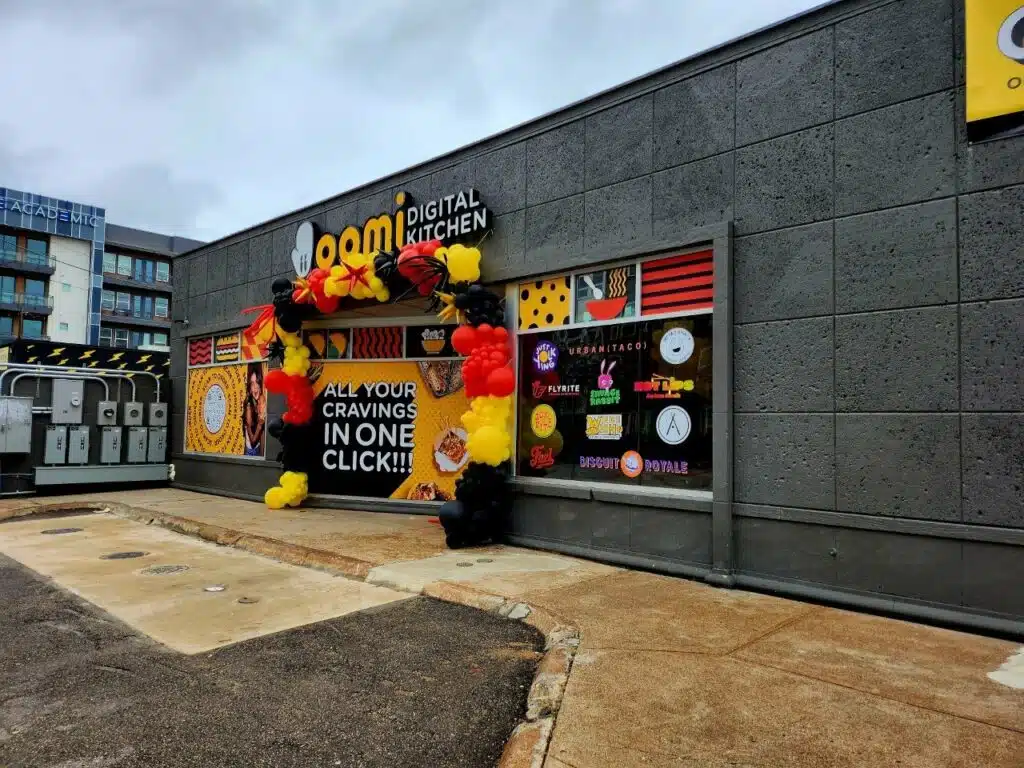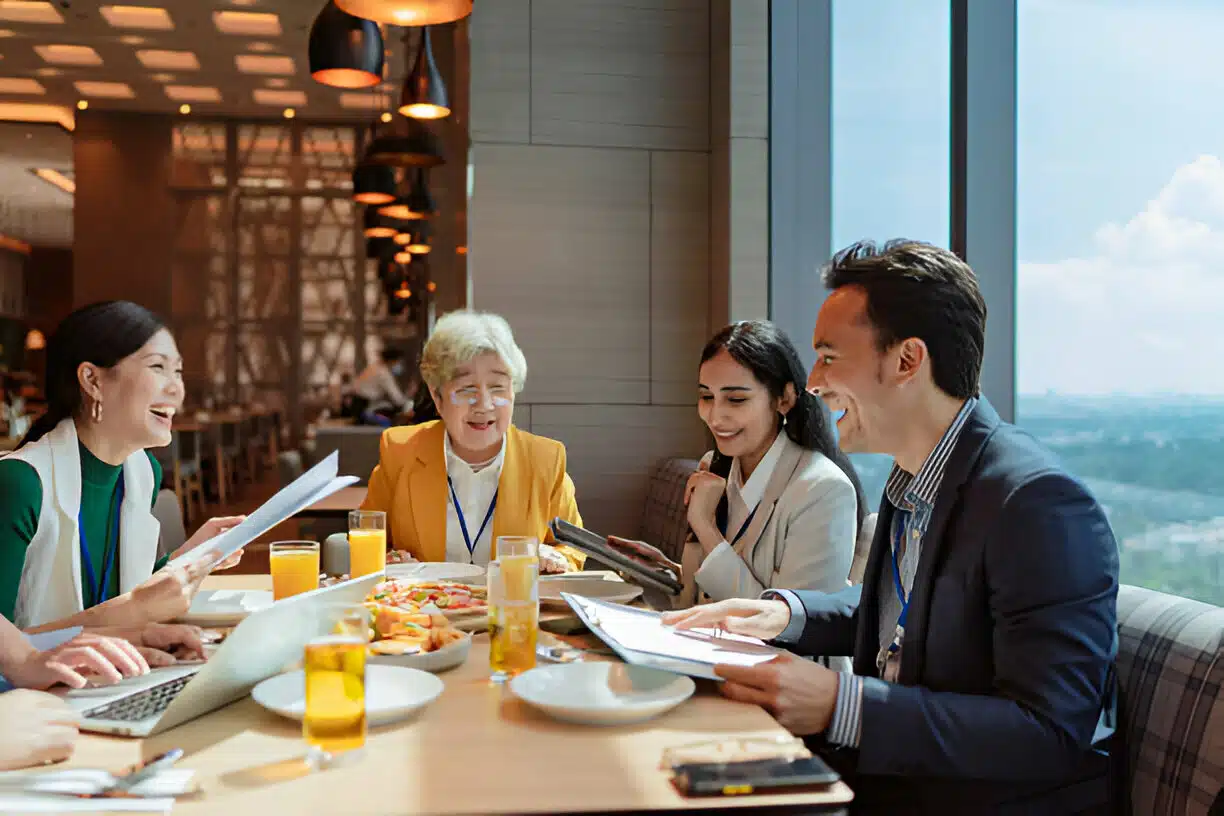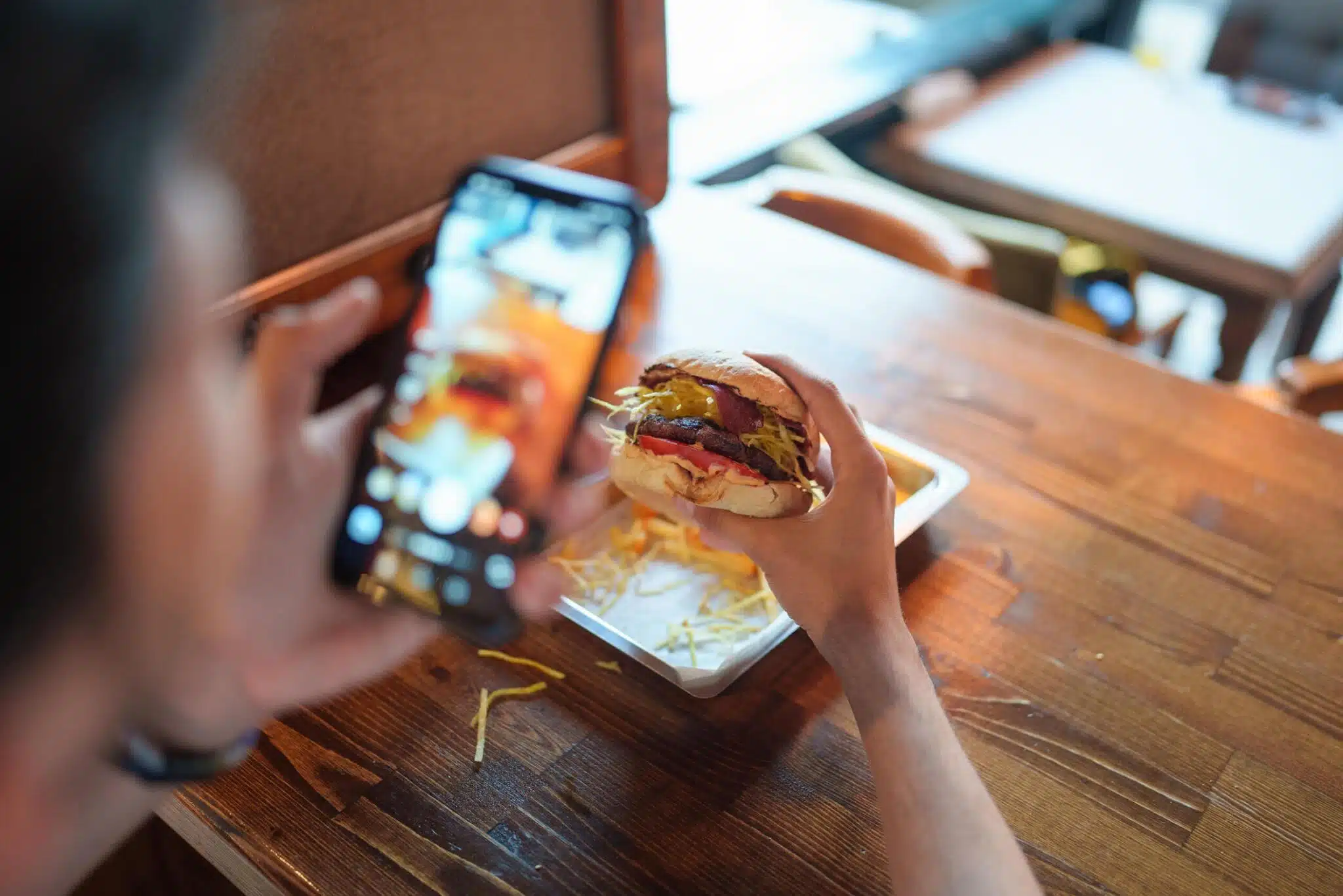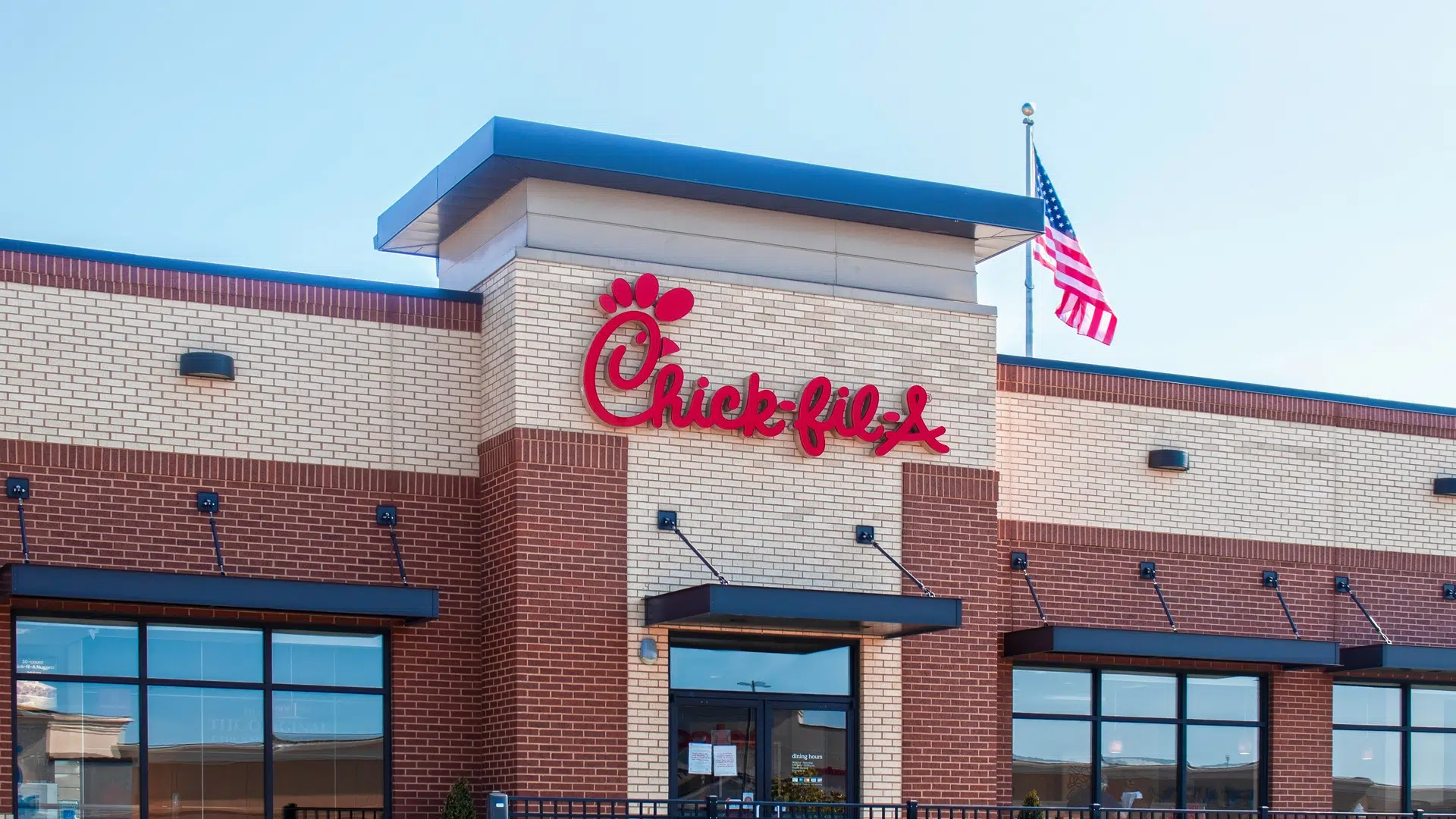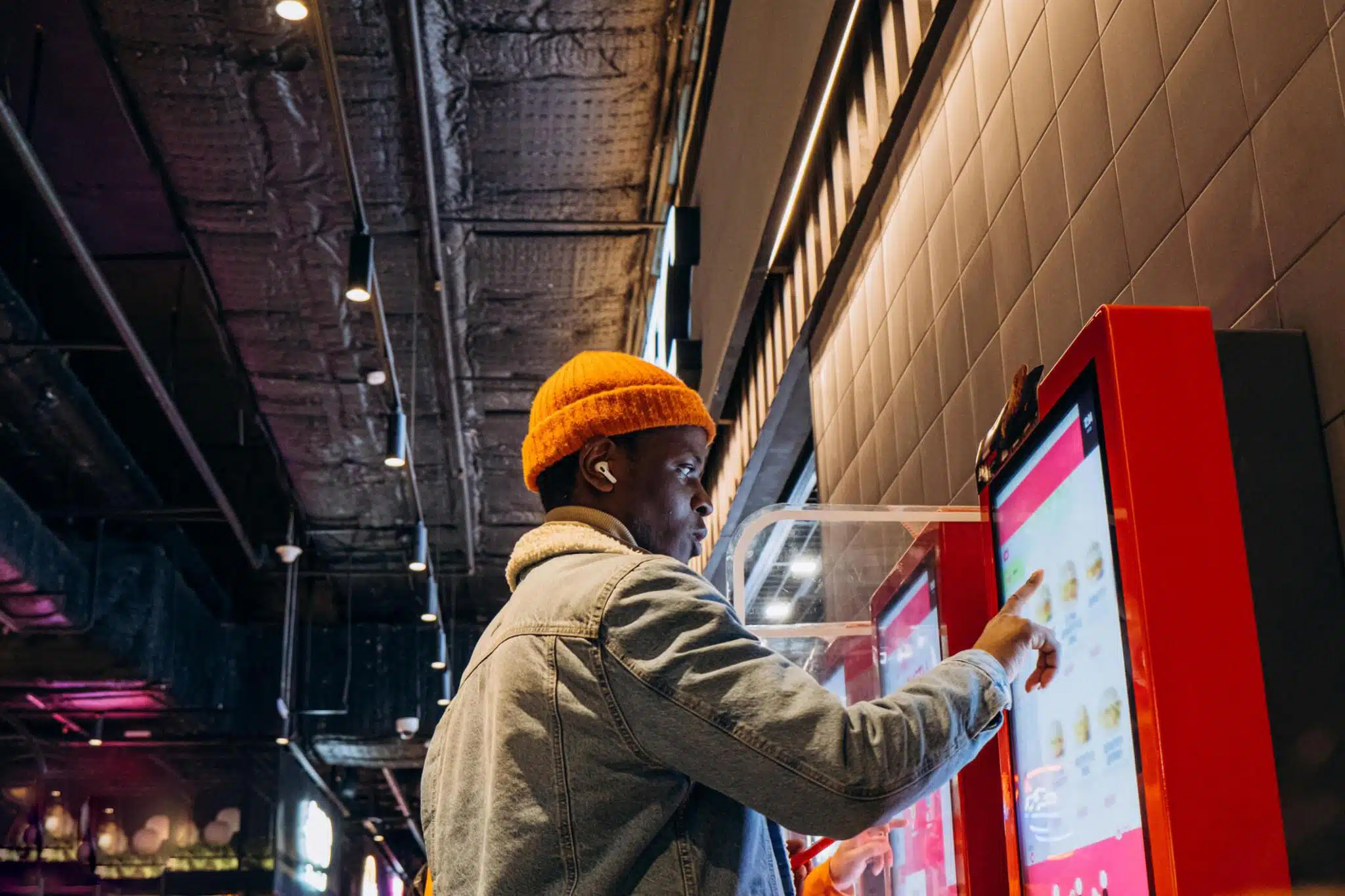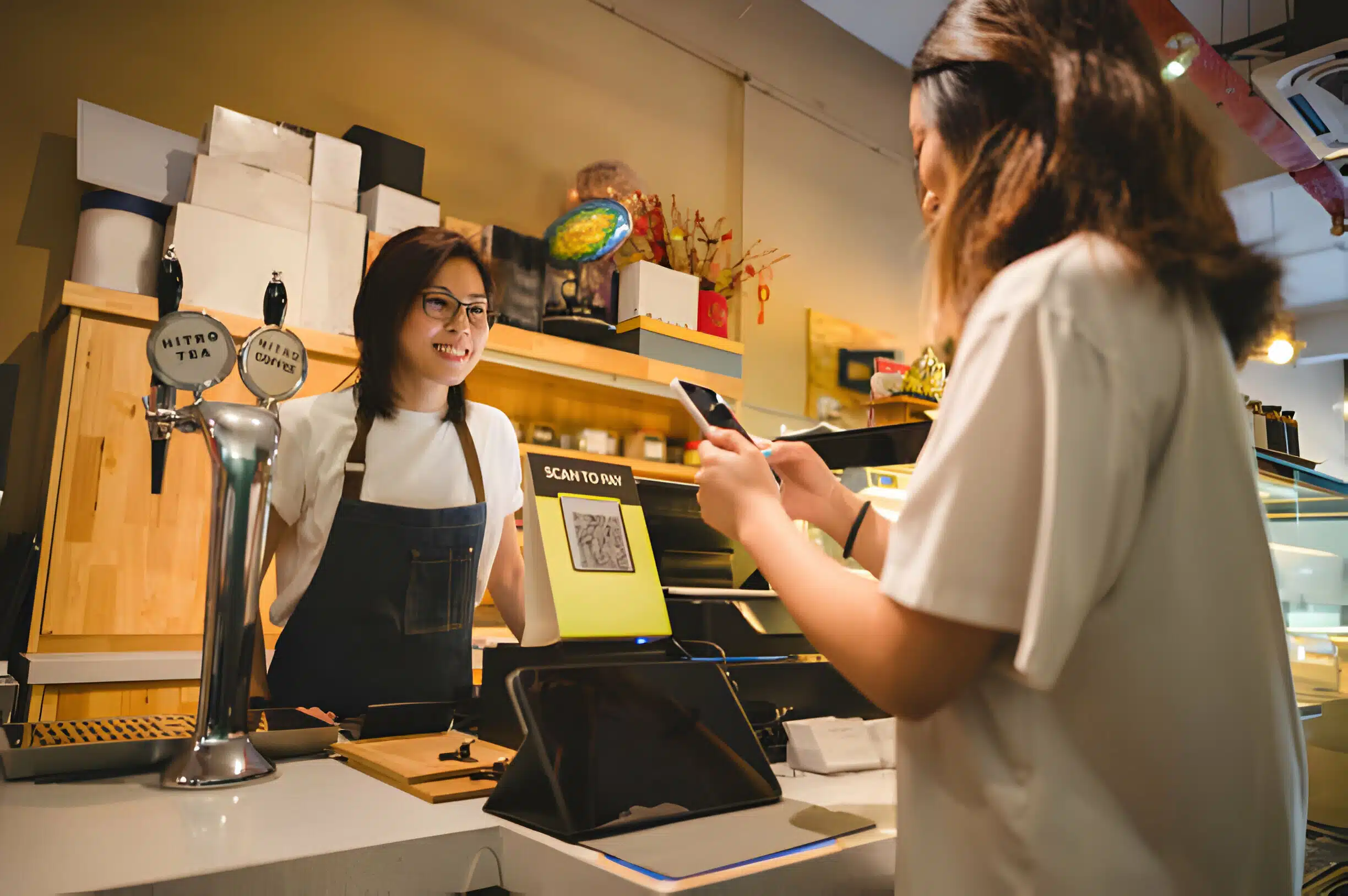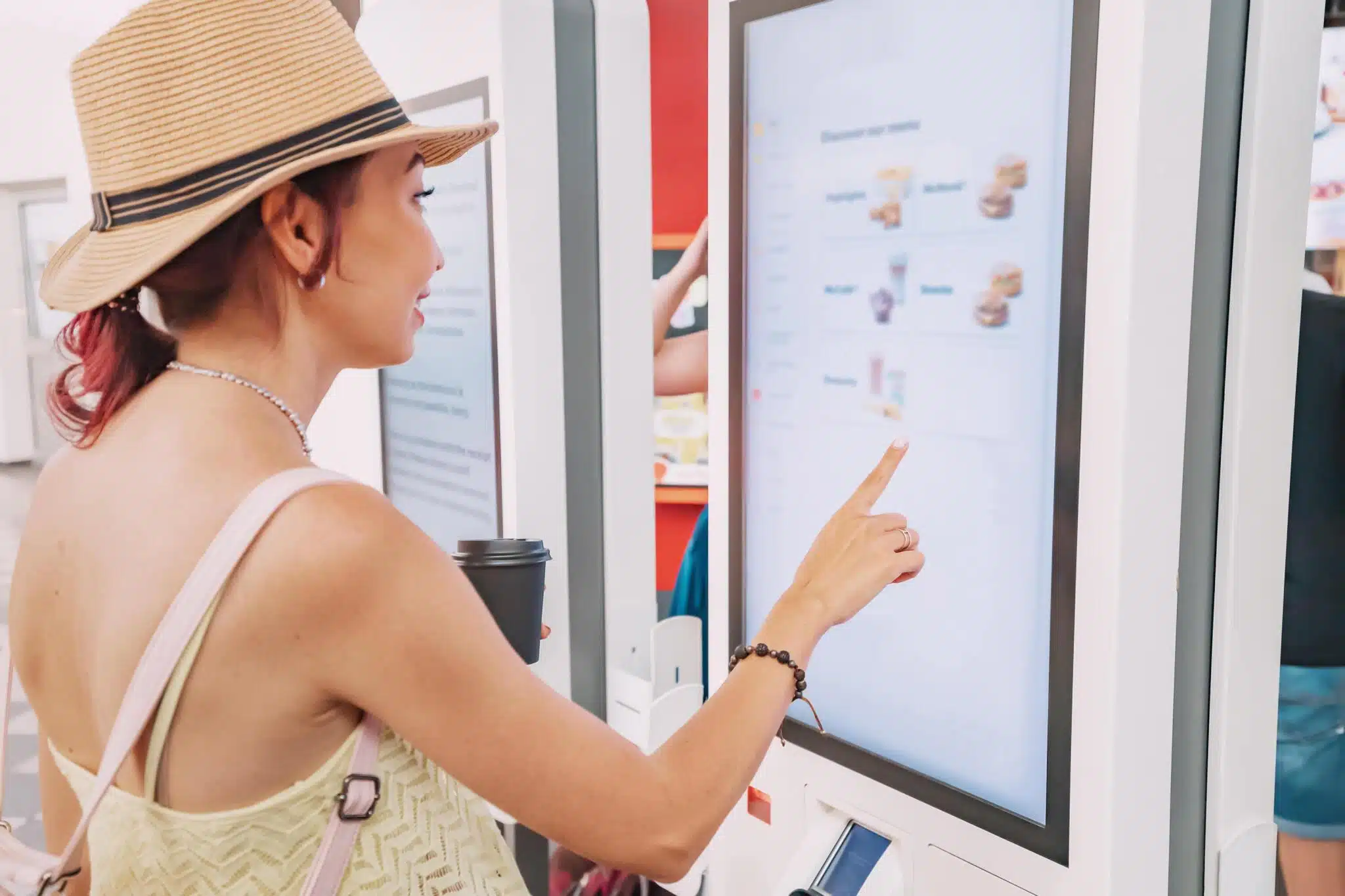As the world continues to adapt to new technologies and changing consumer preferences, the restaurant industry is no exception. One trend that has seen significant growth in recent years is the rise of on-demand food delivery. With the convenience of ordering from your favorite restaurants through apps and online platforms, it’s no wonder that this trend is here to stay. But what does this mean for the supply packaging industry?
In this blog post, we’ll take a closer look at what is the future of on-demand delivery and explore how it will affect the supply packaging industry.
What is the Future of On-Demand Delivery?
Ghost kitchens are now more established and have been able to learn from their predecessors in taking advantage of the benefits they offer, including reduced real estate costs, minimal operational costs, adaptability of menu and brand, and an opportunity to reach a new customer base via delivery platforms. Start ghost kitchens seemed an attractive proposition at first, but it is clear that those running them have made full use of the benefits they bring.
Many startups across varying industries, eager to disrupt, often make many mistakes, and the restaurant space is no exception. Not understanding hospitality at the onset is the main blunder when it comes to restaurants. However, experienced restaurateurs have managed to endure by adhering to a consistent approach and prioritizing customers.
However, too much emphasis on efficiency and convenience has caused some ghost kitchen setups to struggle financially, neglecting customers’ needs and damaging the reputation of partners who took a chance with untested operators.
How Will It Affect the Supply Packaging Industry?
This new model of delivery has the potential to revolutionize the way we think about food delivery and has a big impact on the supply packaging industry.
Firstly, on-demand delivery restaurants will likely require more packaging materials than traditional restaurants. This is because they need to package each order separately, in order to ensure that it stays fresh and intact during transport. This means that the demand for packaging materials, such as containers, paper bags, and wraps, will likely increase.
Additionally, on-demand delivery restaurants will also require packaging materials that are specifically designed for delivery. For example, they may need containers that keep food at the right temperature, or packaging that is easy to open and close. This will lead to an increase in the development of specialized packaging materials, which will benefit the supply packaging industry.
Finally, on-demand delivery restaurants will also have different packaging requirements than traditional restaurants. For example, they may need to package food in a way that makes it easy for customers to eat on-the-go. This could lead to new packaging designs and materials being developed to meet these specific needs.
Overall, the rise of on-demand delivery restaurants is likely to have a big impact on the supply packaging industry. As these restaurants become more popular, it will lead to an increase in demand for packaging materials and specialized packaging designs. This will provide new opportunities for businesses in the supply packaging industry and drive innovation in the field.
Insights from CEO and Cofounder of OOMI Digital Kitchen, Markus Pineyro
A CEO and cofounder of OOMI Digital Kitchen, Markus Pineyro, spoke about how he is ensuring success with his ghost kitchen business and avoiding mistakes his predecessors made in the tech industry. Pineyro, watched the model launch and took copious notes. He attributes his patience and good timing to what he believes will lead to a successful ghost kitchen strategy.
The key to success in hospitality is watching and analyzing what works and what doesn’t before undertaking anything new,” Pineyro says. So as opposed to the initial rush of waders into the pool, the next wave of ghost kitchen operators may prove successful due to their patience. The wait-and-watch approach of brands like OOMI Digital Kitchen will be the virtue in virtual, according to the company.
As part of their chef-crafted virtual concepts, OOMI Digital Kitchen offers items from a roster of well-established brick-and-mortar brands and items from well-established brick-and-mortar brands. In addition to providing a menu for takeout and delivery, all of OOMI’s brands aim to deliver consumers both the culinary excitement and quality they expect from an on-premises dining experience.
By taking an in-depth look at how tech entrants have tackled ghost and virtual kitchens, OOMI sidestepped some pitfalls that had previously affected the launch of these restaurants. For example, while lower real estate costs can be a boon, this also means there is more of a need for marketing to increase the recognition of one’s brand.
Rather than pouring money into marketing, Pineyro and his cofounders decided to locate their Digital Kitchen in the heart of downtown Dallas which has a high concentration of residential areas.
Top 10 Strategies for Ghost Kitchen and Virtual Brand Success
Leverage as much data as possible
Find out what your potential customers want to buy and when by hiring outside support to uncover customer habits within your delivery radius. Discover insights into what sells based on travel patterns, urban planning, geofencing cell data, gap analysis, and even SEO search analysis.
Partner with or compel license brands
Select brands with built-in customer awareness and affinity and create virtual brands that complement them instead of just partnering or licensing them. To maximize your marketing reach organically, search for brands with cult followings and avid influencer bases.
Eyes drive buys
To optimize your delivery and your carry-out business, finding a location that is convenient for your customers and your drivers is essential.
Centralize production
Producing food in a single location can ensure product consistency and food quality. Business models that rely on a patchwork of labor resources in a disparate kitchen will lead to inconsistent outcomes.
Oversee your operations
Having a dedicated operations manager on-site where your product is being made is crucial to quality and cost control. Refrain from trusting unproven entities with your brand, recipes, or reputation.
Vary revenue streams
Set up catering partnerships with workforce food program companies, offer brands and menus that will generate revenue during different dayparts, and have a robust marketplace product offering that can be added for delivery in addition to a basic delivery model.
Cross-utilize but don’t cannibalize
To minimize cost and waste and optimize inventory throughput, try to overlap and use each SKU across brands and menu items when matching licensed or virtual brands to your ghost kitchen. Then, use unique SKUs creatively to create exciting builds that differ from menu to item to keep consumers interested and engaged.
Provide the consumer with a holistic experience
Provide your customers with a comprehensive and thoughtful convenience solution by focusing on each step along the food procurement journey. Focus both on the food product and the hospitality experience, end to end. Make the discovery, sales, order, pick-up/delivery, eating, and feedback process intuitive, efficient, and experiential.
Conduct ongoing and consistent quality control
Check for points of failure and opportunities for improvement at each step of the product-to-consumer journey, including preparation, order accuracy, production, make-line processes, packing, pickup, and delivery stage gates.
Invest in pick-up technology
Food integrity is vital to food quality. Pick-up technology keeps food safe, holds it at the right temperature, and makes it convenient for delivery drivers to access. Invest in excellent packaging and locker pods.
Join the Future of On-Demand Restaurant Delivery: Connect with SupplyCaddy Today
Are you ready to join the future of on-demand restaurant delivery, or do you have more questions about what is the future of on-demand delivery? The industry is changing, affecting the supply packaging industry significantly. But don’t worry; SupplyCaddy is here to help! Our team of experts has over 100 combined years of experience in infrastructure, sourcing, and importing, and we’ve successfully delivered over 100,000,000 products since our inception.
We are known for our fair pricing and lightning-fast lead times. So take advantage of this opportunity to connect with SupplyCaddy and take your restaurant delivery game to the next level. Contact our sales team at (833) STOCKED or email [email protected] for general inquiries. Suppliers, reach out to us at [email protected] to learn how we can help you stay in demand.

